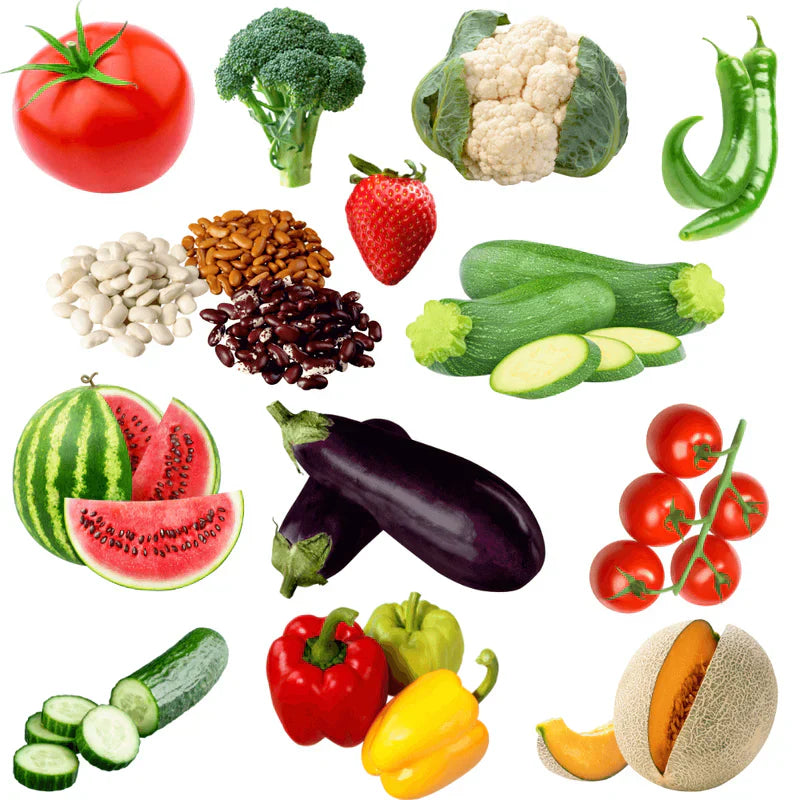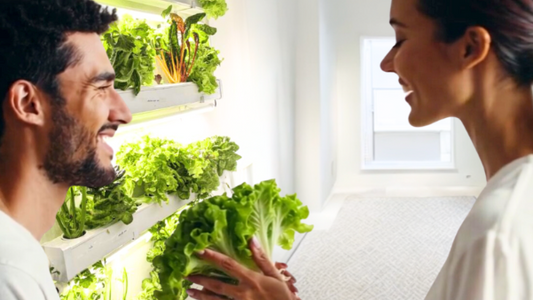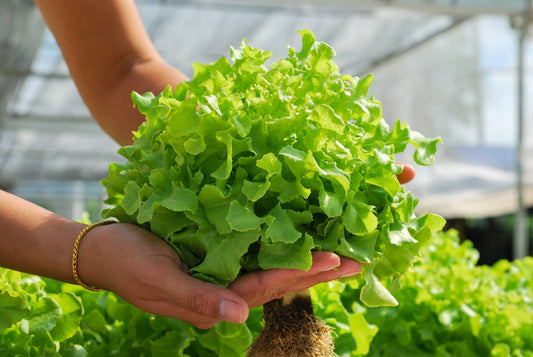Investing in a home hydroponic system can be one of the most practical and rewarding decisions you make this year. It’s a step toward sustainability and improved physical and mental well-being. However, if the system isn’t suited to your goals or environment, it can quickly turn into a source of frustration, wasting time and money. To help you make the right choice, here are ten critical factors to consider when selecting the perfect hydroponic system for your home.
1. What Do You Want to Grow?


Not all plants are created equal, and their growth requirements vary. Herbs and leafy greens, for example, are relatively low-maintenance. They need minimal root space and just 3-5 hours of direct sunlight daily to thrive. However, if you plan to harvest these plants repeatedly throughout the growing season, make sure the system provides at least 10 cm of root space to encourage continuous growth.
On the other hand, fruiting vegetables like tomatoes and cucumbers are more demanding. They require at least 5 hours of direct sunlight and no less than 10 square centimeters of root space per plant. Insufficient root space in such systems can lead to clogged roots, leaks, and reduced plant health.
2. How Much Sunlight Does the Location Have?
Sunlight is essential for photosynthesis and healthy plant growth. If you plan to place your system outdoors, ensure it receives adequate sunlight—3 hours daily for herbs and leafy greens, and 5 hours or more for fruiting vegetables.
If sunlight is insufficient or you wish to grow plants indoors, consider investing in grow lights. The lights should provide the correct intensity and spectrum to mimic natural sunlight, giving your plants the energy they need to flourish.
3. Placement: Wall, Table, or Floor?
Today’s hydroponic systems offer flexibility in placement, allowing you to set them up in various locations. If you have a bright, empty wall, vertical hydroponic systems are an excellent choice. For open floor space, horizontal systems can transform your area into a productive garden. Compact systems are also available for countertops, windowsills, or kitchen islands, making them ideal for smaller homes. Plan ahead to allocate the perfect spot for your setup.
4. Is There Access to Electricity?
Most hydroponic systems rely on electric pumps to circulate water. If your chosen location is outdoors, ensure the electrical outlet is waterproof and safe from weather conditions.
No access to electricity? Consider solar-powered systems. Certain hydroponic methods, such as Deep Water Culture (DWC) and Shallow Water Culture (SWC), can operate intermittently and keep plants hydrated even when the pump isn’t running. However, solar-powered systems are not ideal for methods like NFT, which require continuous water flow.
5. Food-Safe Materials
Hydroponic systems must be made of materials that can withstand environmental conditions without leaching harmful chemicals into the water. Systems exposed to direct sunlight or nutrient-rich water require durable, food-safe plastics such as UPVC, PP, or PET to ensure the safety of the produce.
6. Easy Cleaning Between Growing Cycles
Maintaining a clean hydroponic system is critical to ensuring healthy plants and high yields over time. Residue from organic matter and nutrient solutions can build up in your system, creating an environment for bacteria, fungi, and algae. These microorganisms can damage plant roots and reduce your system’s overall effectiveness.
To prevent these issues, choose a system with removable and accessible components. Systems with detachable channels and reservoirs allow for thorough cleaning and disinfection between growing cycles. Avoid sealed systems that cannot be easily cleaned, as they may harbor contaminants that compromise plant health over time. Proper cleaning ensures that each new crop starts in a hygienic environment, free of pests and pathogens, maximizing your hydroponic garden’s potential.
7. How Many Plants Do You Need to Grow?
If one of your goals is to feed your family with fresh vegetables, consider how many plants you’ll need to grow to meet your needs. This depends on the types of plants you choose, the frequency of harvests, and your household’s dietary habits. A general rule of thumb is to plant 1-2 units of each vegetable per person to allow staggered harvesting and continuous growth.
Calculate your requirements before investing in a system to ensure you’re maximizing its potential and achieving self-sufficiency.
8. Manufacturer Support and Expertise
Hydroponics is relatively straightforward, even for beginners. However, occasional challenges may arise, such as pest infestations, nutrient imbalances, or system malfunctions. Purchasing from a reputable company with proven expertise ensures that you’ll have access to professional guidance when you need it most.
Choose a manufacturer that offers long-term support and has a track record of positive reviews. This level of service can make a significant difference in your overall experience and the success of your hydroponic garden.
9. Ease of Purchase, Setup, and Maintenance
Convenience matters, especially if you’re new to hydroponics. Look for systems that include all the necessary components, such as pumps, reservoirs, and grow trays, so you don’t need to source parts separately. The system should be easy to assemble and come with clear instructions.
Maintenance is another factor to consider. Opt for a system that requires minimal effort to manage, with user-friendly features like accessible reservoirs, automated timers, or self-cleaning mechanisms. A system that simplifies the process will enhance your overall enjoyment of hydroponics.
10. Match the System to Your Goals and Environment
Every home and grower is unique, so it’s essential to choose a system that aligns with your specific goals and environment. If you want to grow leafy greens indoors, a compact NFT system with grow lights may be your best option. For larger plants like tomatoes or cucumbers, a Dutch Bucket system placed in a sunny outdoor spot might be more appropriate. Evaluate your needs, available space, and environmental conditions to make the right choice.
Final Thoughts
A home hydroponic system can be a game-changer for anyone looking to embrace sustainability, self-sufficiency, and healthier living. By considering these ten factors before purchasing, you can ensure that your system meets your goals and serves you for years to come.
Hydroponic gardening is not only a practical investment but also a deeply rewarding experience. If you have any questions or need guidance, don’t hesitate to reach out to a trusted hydroponics expert. With the right system in place, you’ll be well on your way to enjoying fresh, homegrown produce year-round.




